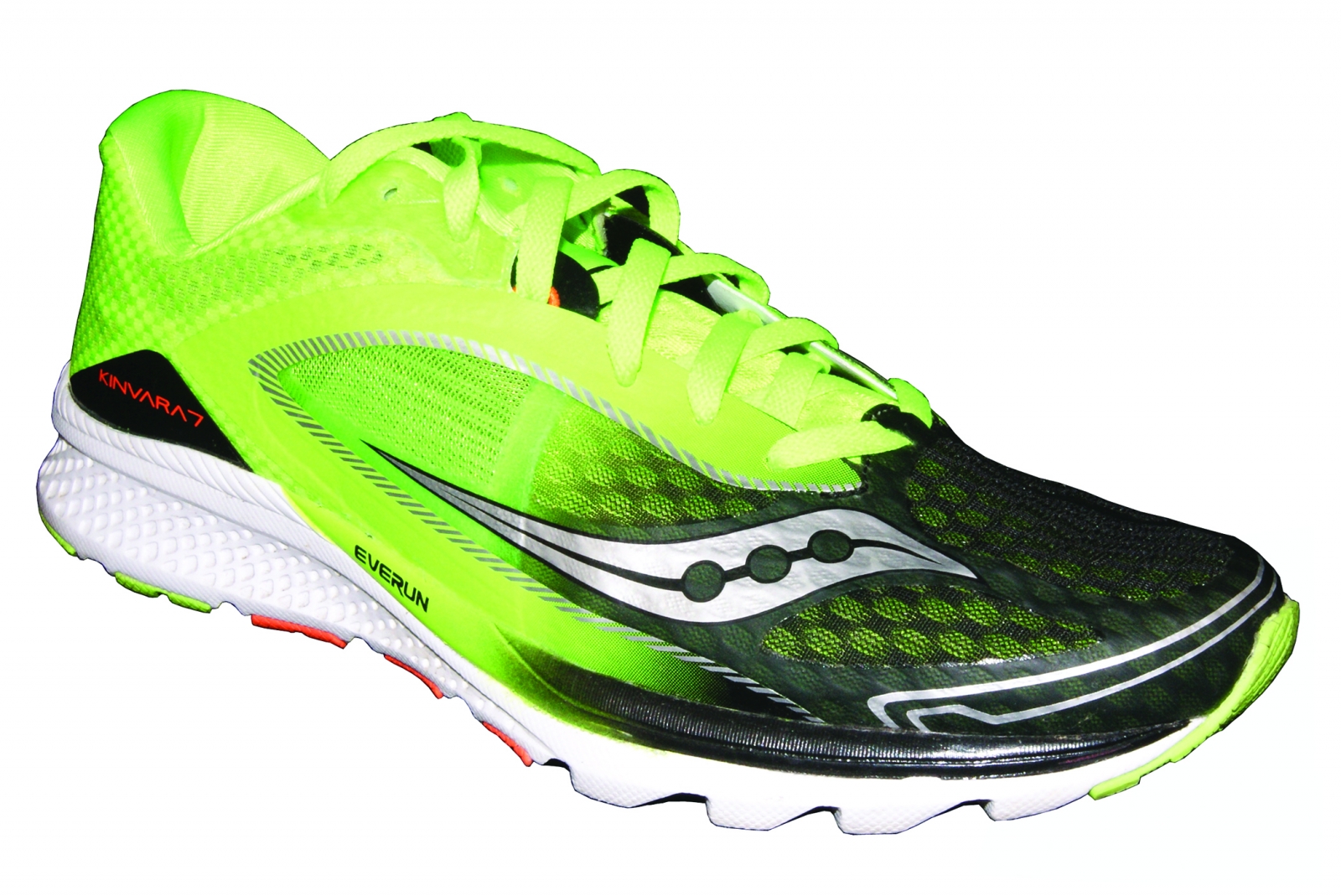Running Shoe Review Spring 2016
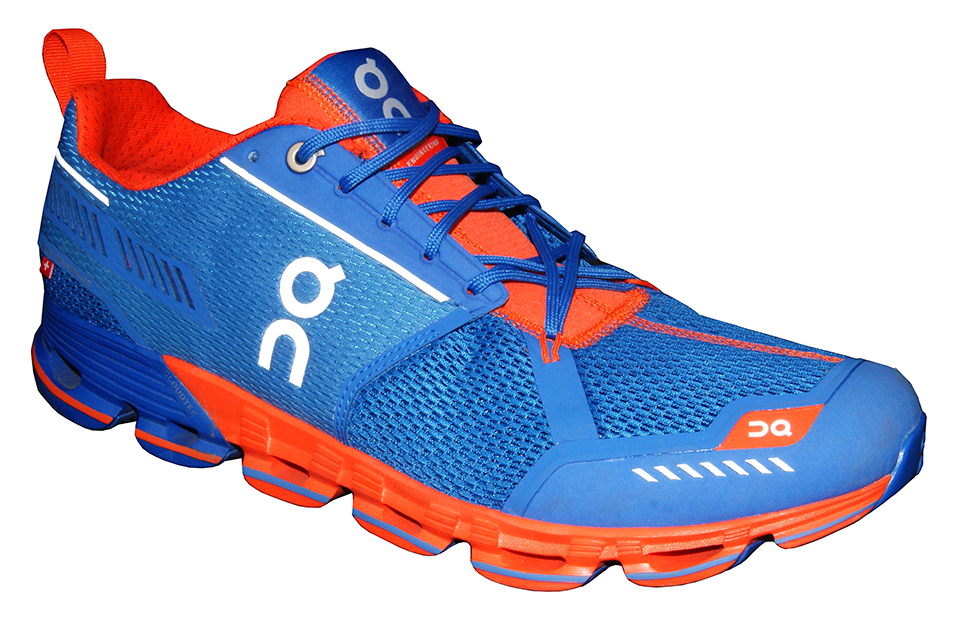
Finding the best shoe for you has traditionally begun by assessing the characteristics of your feet and gait, and then matching them with the features and properties of a particular shoe. If you had a neutral gait, then your need for specialized shoes was reduced. However, if you rolled to the inside of your foot, called overpronation, the thinking was that you required a more heavily supported shoe. This approach was based on the science and construction-based solutions of 30 years ago. The notion of overpronation, and the thinking behind it, continued until recently. The (oversimplified) idea was that overpronation was bad and required a design solution to “correct” it. Runners who overpronated risked injury if they didn’t run in shoes that employed a structure to correct the excessive motion.
The motion of general foot types is best served, first by certain footwear properties, components, and designs, and, second by an individual runner’s preferences for fit and feel. Of the two, fit and feel trump properties, components, and designs. All feet pronate and some, depending on their movement patterns, pronate more than others. That’s why what we suggest is a starting point within the categories of running footwear styles, but it’s only a starting point. Runners are very fond of their go-to shoes, and a large percentage of runners have been guided toward a particular shoe at the suggestion of a running specialty store. That suggestion starts the learning process for what works for the runners. With all the services your local running specialty store provides, it’s a great place to start your search.
The recent minimalist movement (think: unstructured shoes, thinner/minimal midsoles, zero-drop shoes, etc.) set in motion an exploration and rethinking of these longheld tenets. Yes, the use of geometry and lighter materials have improved running shoes and their performance. But more importantly, this has resulted in a paradigm shift toward the understanding that running shoes by themselves don’t prevent overuse injuries because they can’t control overpronation. This doesn’t mean the accepted stabilizing technologies are unnecessary. They actually help resist the premature breakdown of the shoe’s structure and performance, playing a key role in the comfort of both your runs and your wallet. They just can’t stop the motion that your feet are inclined to take.
THE BEST SHOES
BEST PERFORMANCE
Nike Lunar Tempo 2
$110
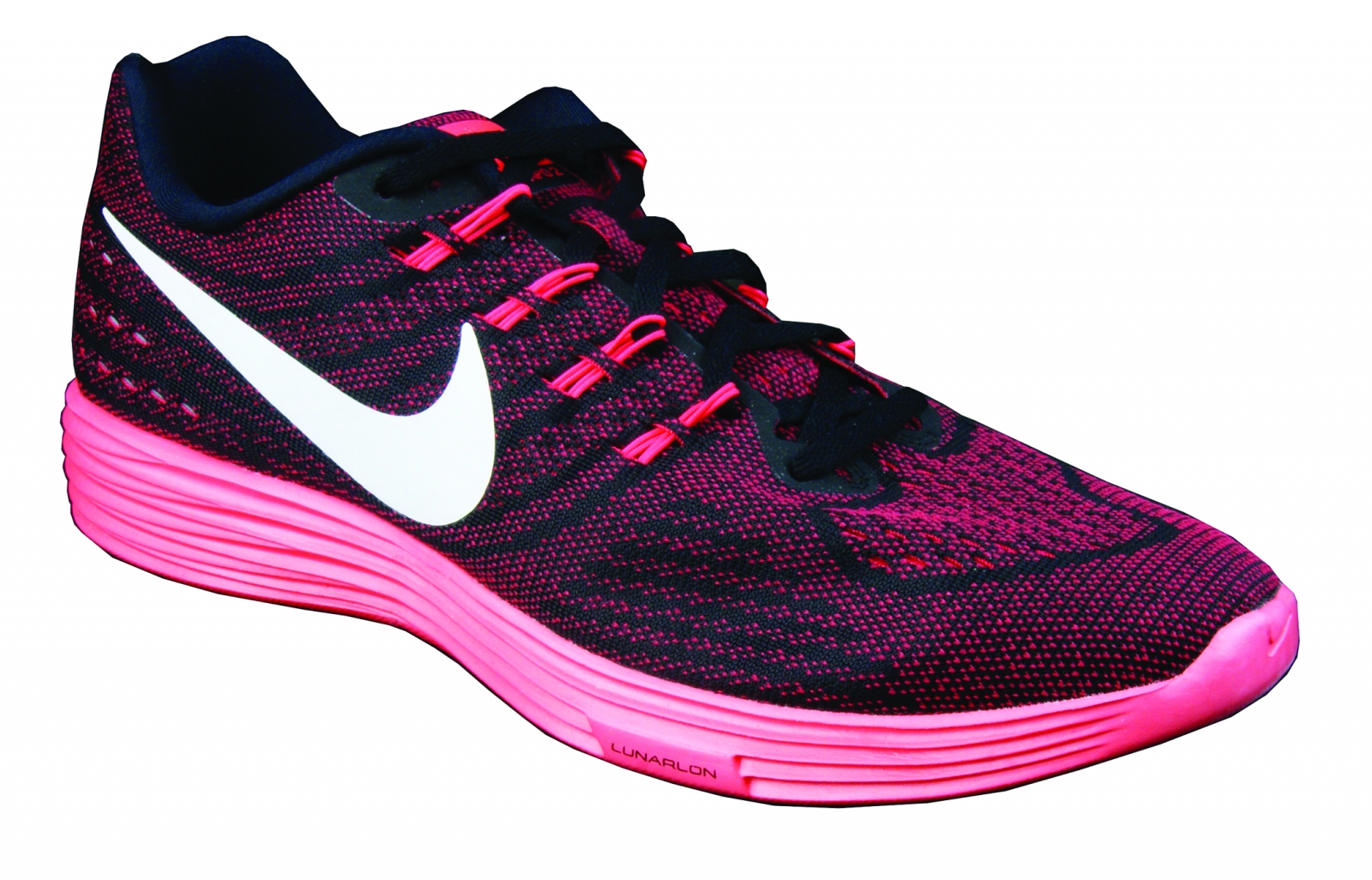
BEST MOTION STABILIZING
ON Cloudflyer
$160

BEST NEW SHOE
Addidas ULTRA Boost ST
$180
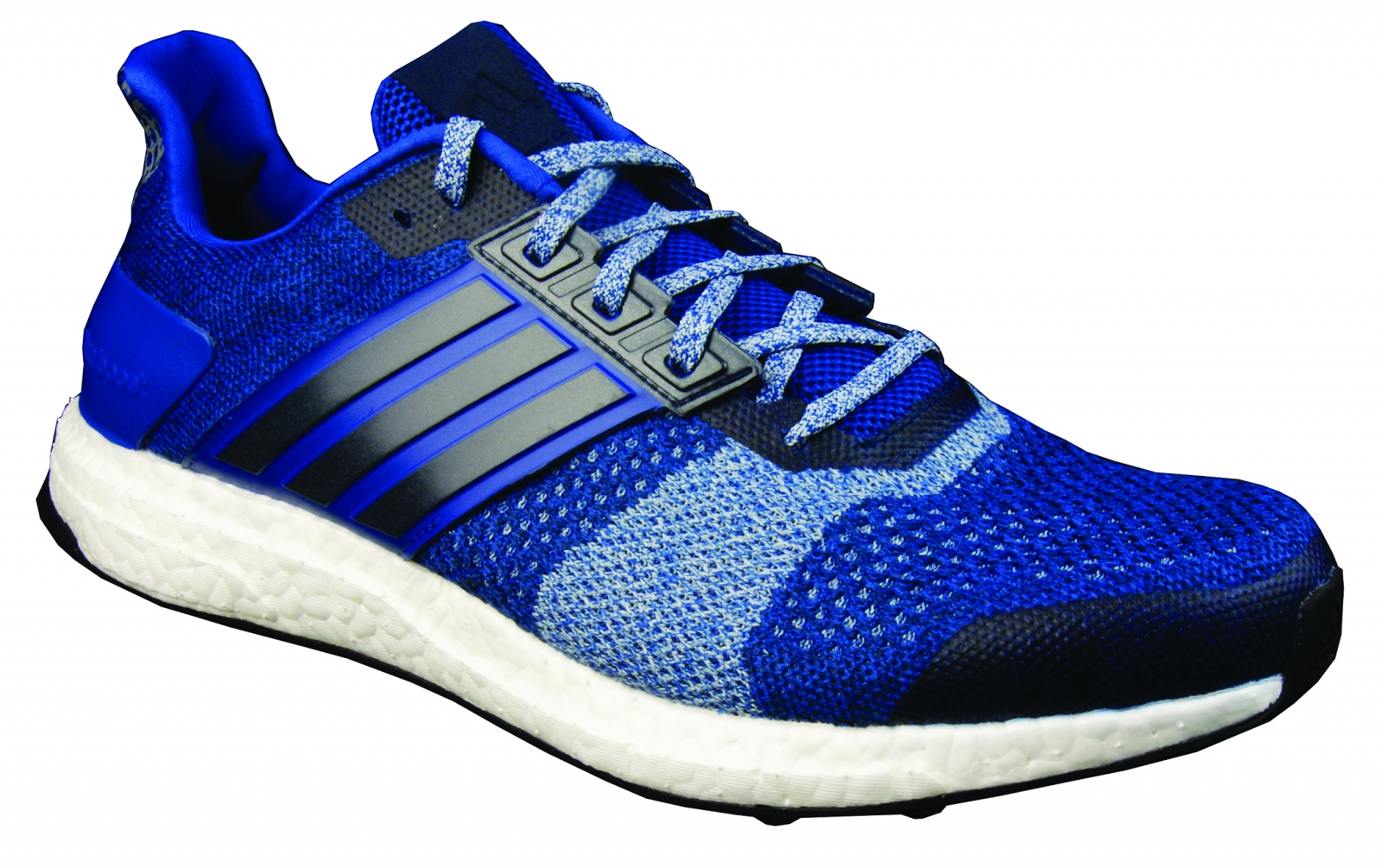
BEST NEUTRAL
New Balance Fresh Foam 1080
$150
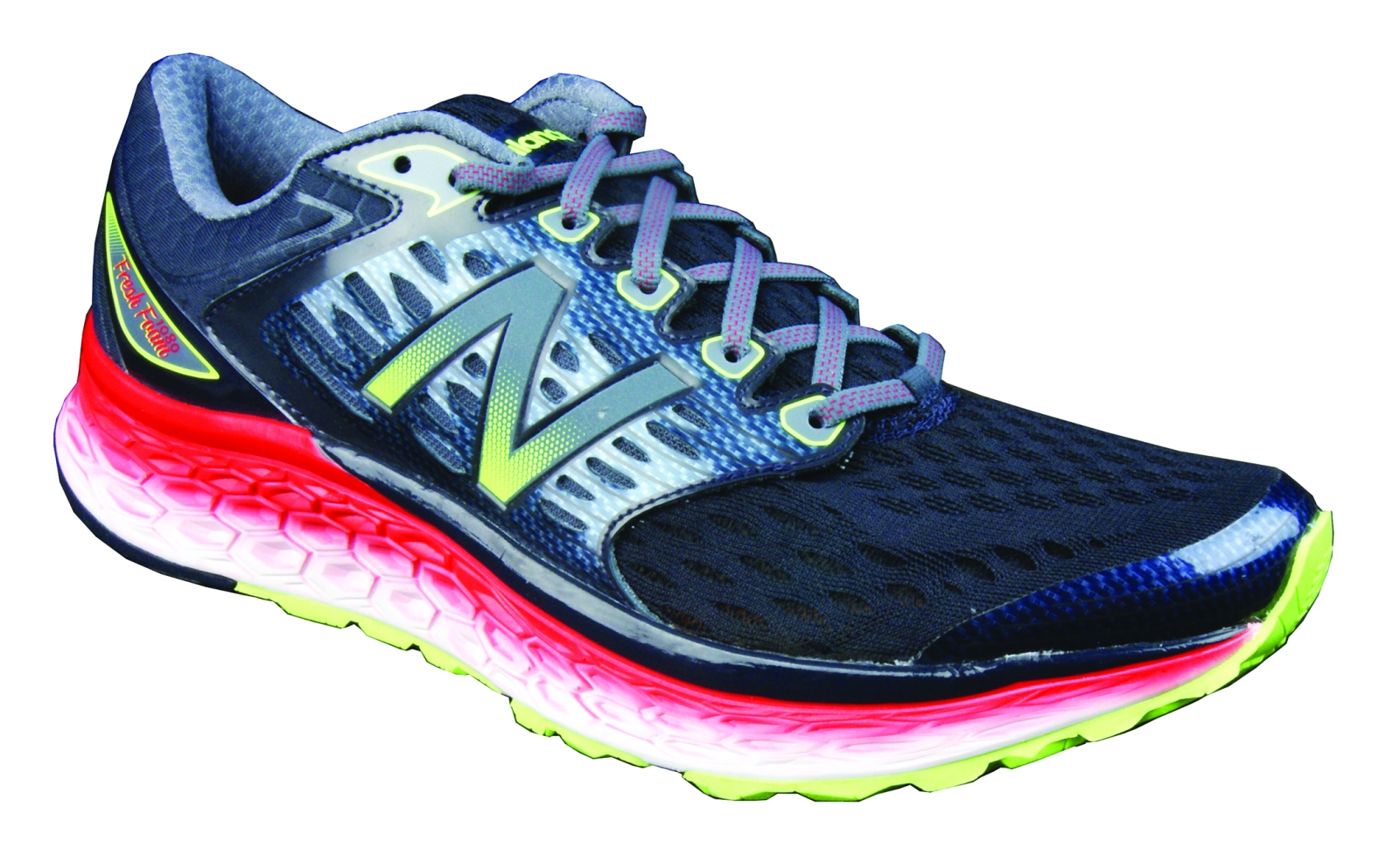
BEST RENOVATION
Saucony Hurricane Iso 2
$160
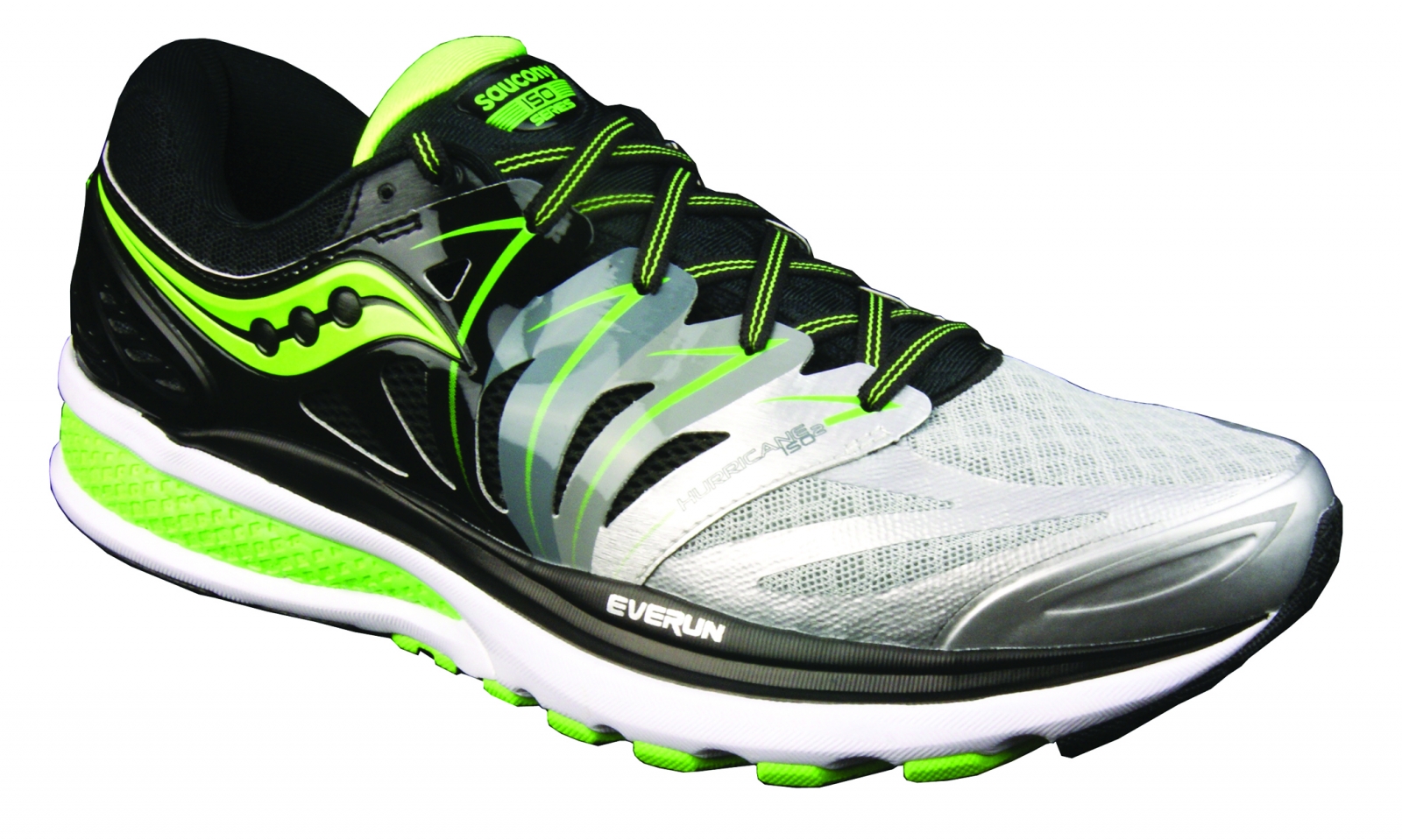
Keep reading to check out more great running shoes!
NEUTRAL SHOES
361º Shield
$110
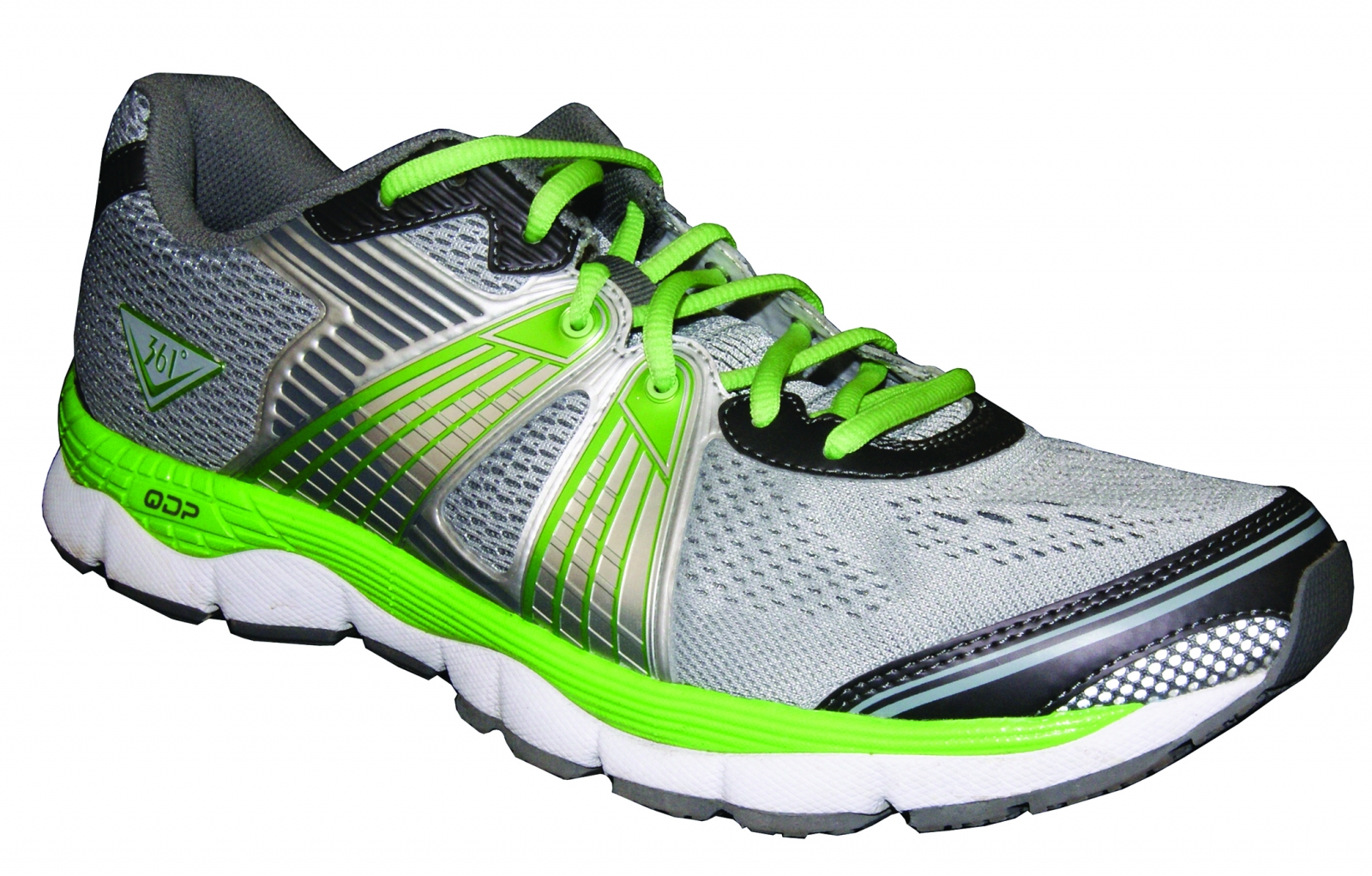
HOKA ONE ONE Vanquish
$170
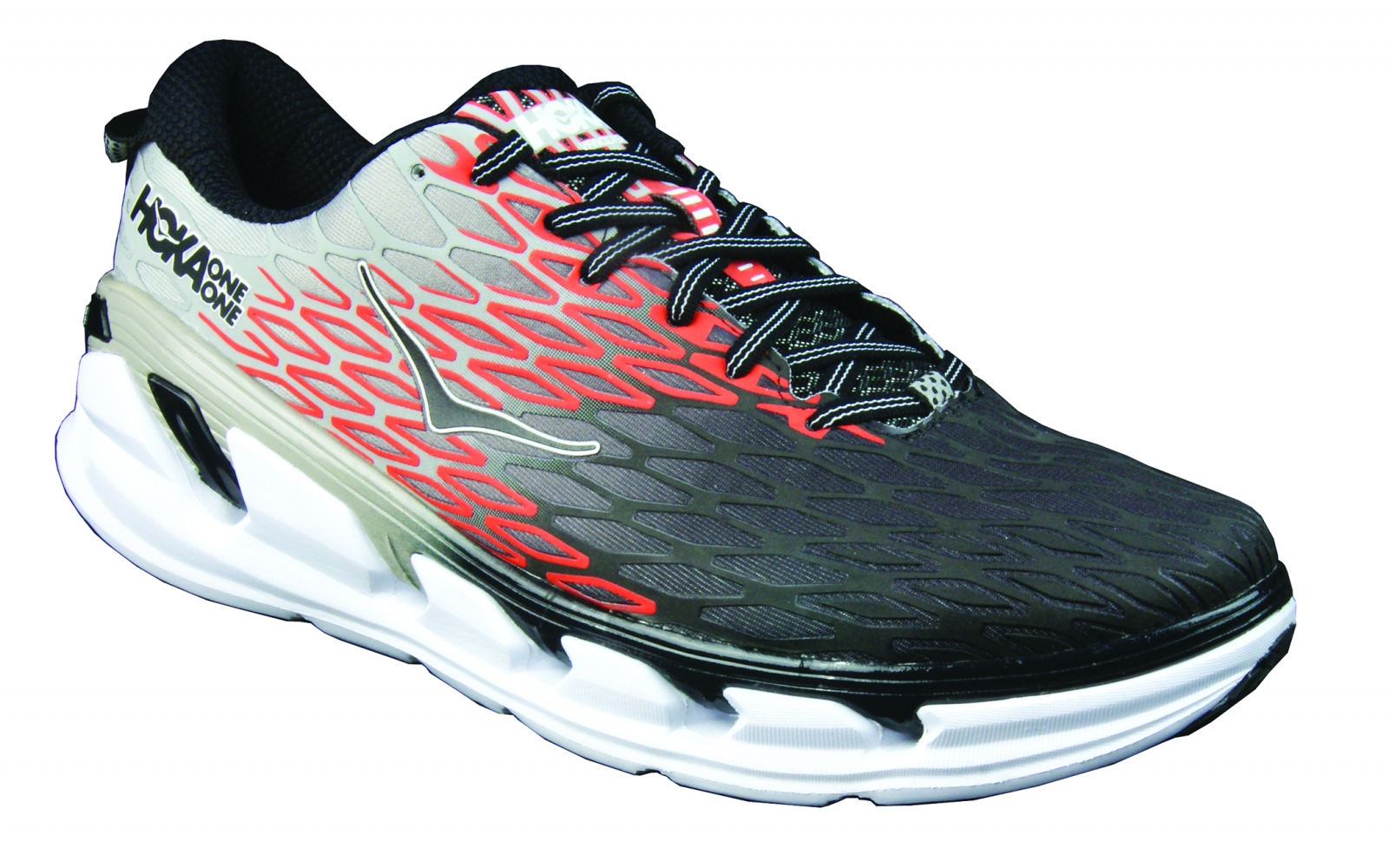
MBT GT16
$150
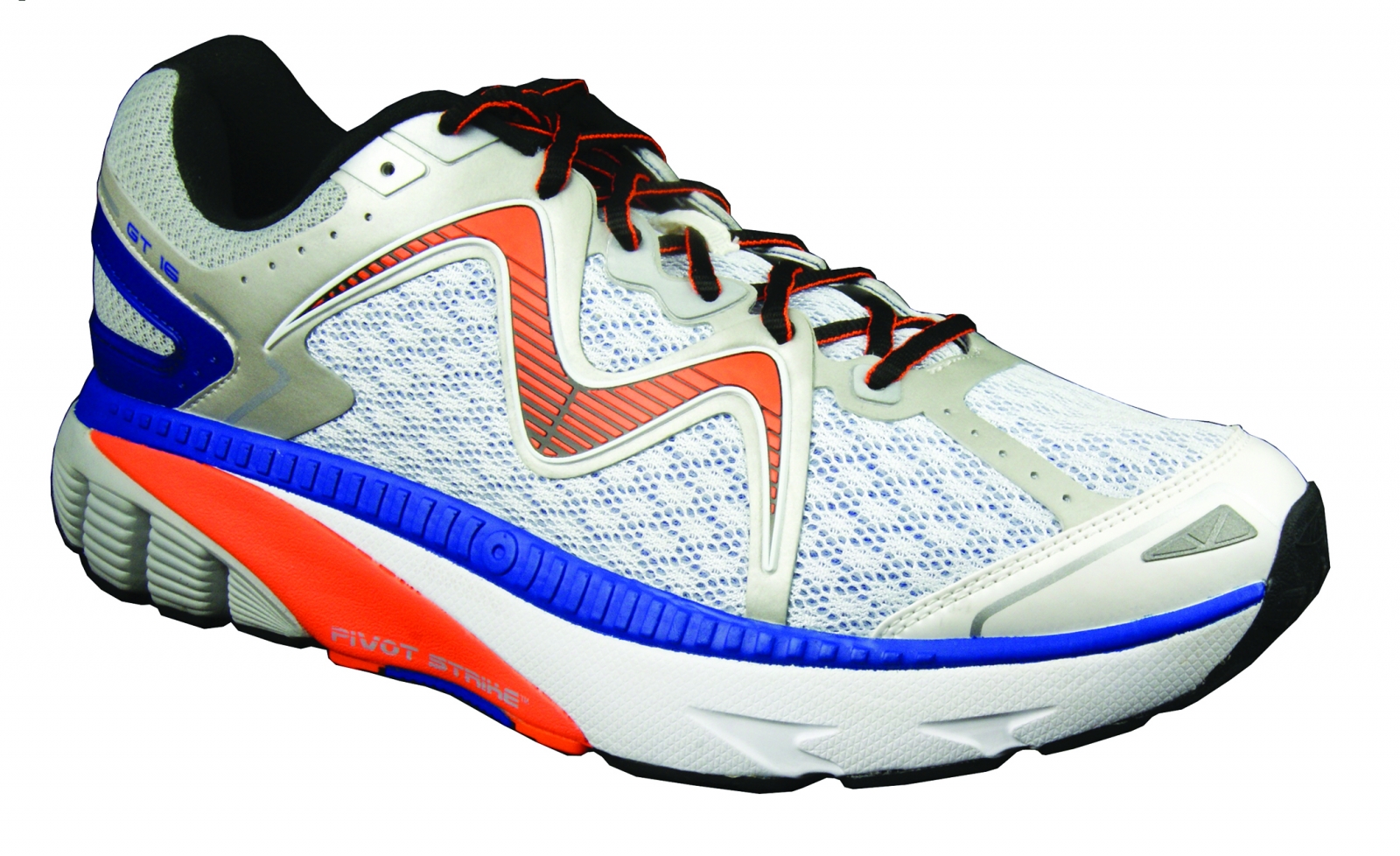
PEARL IZUMI N2 v3
$120
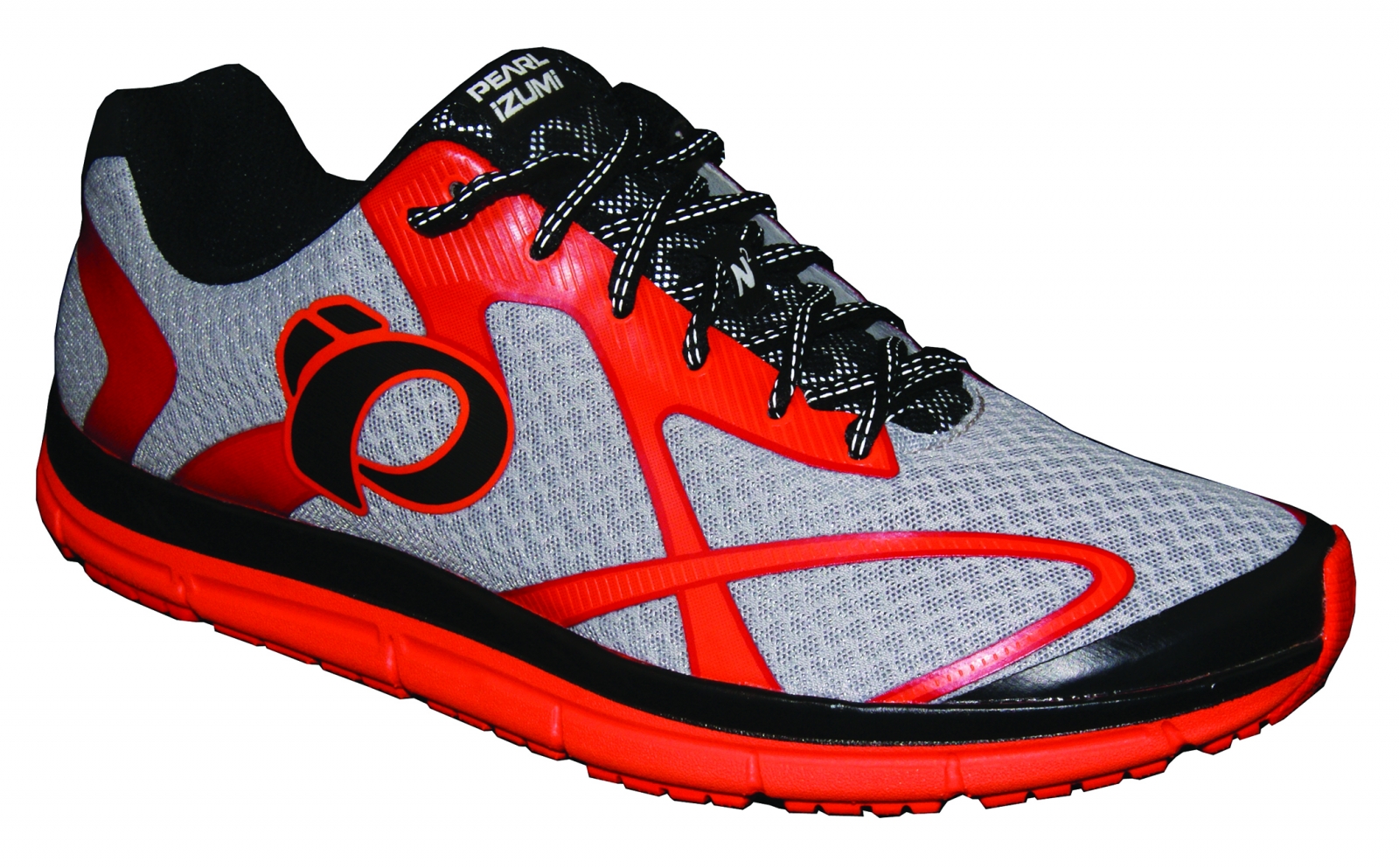
MOTION STABILIZING SHOES
ALTRA PROVISION 2.5
$120
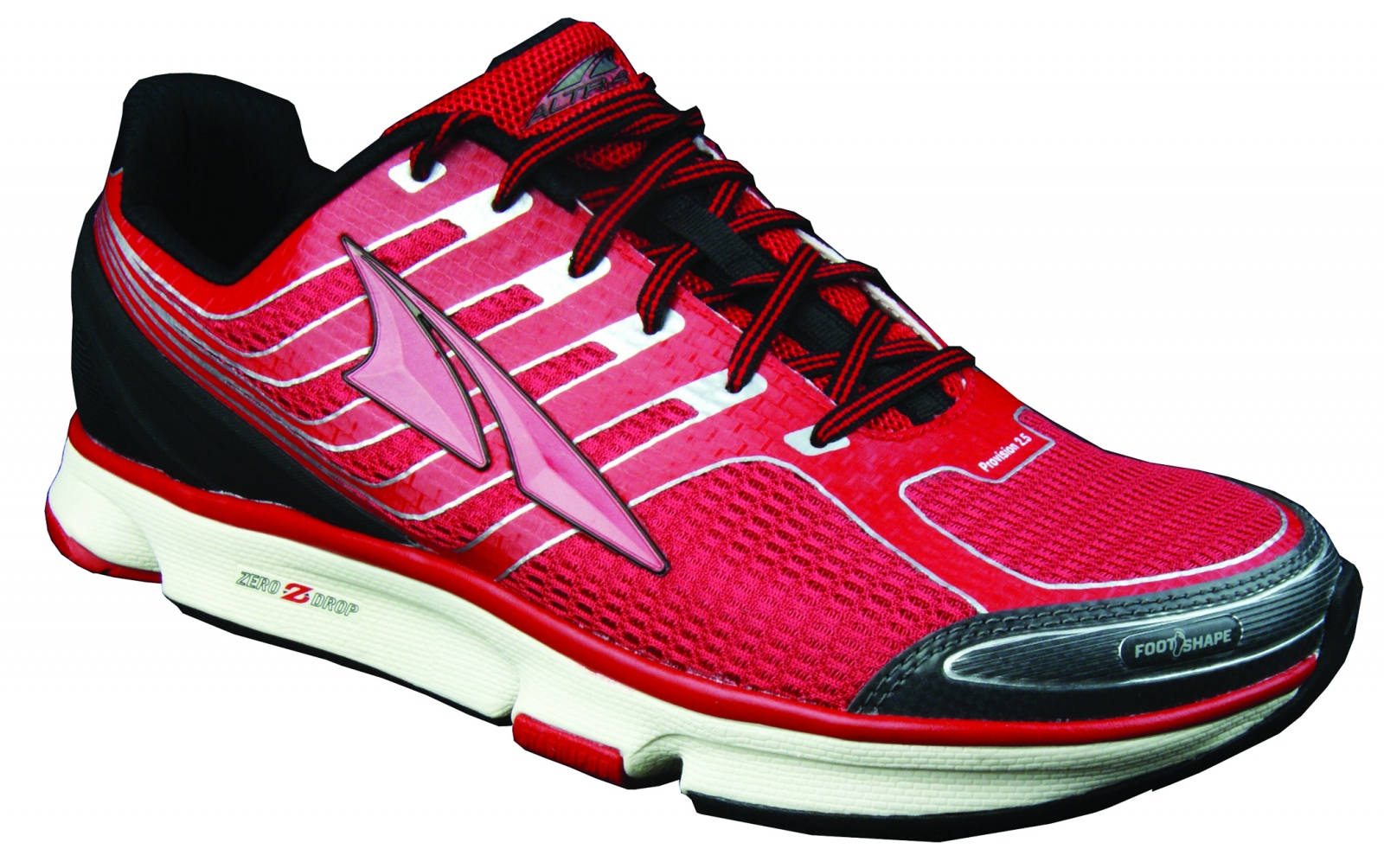
ASICS GT2000 4
$120
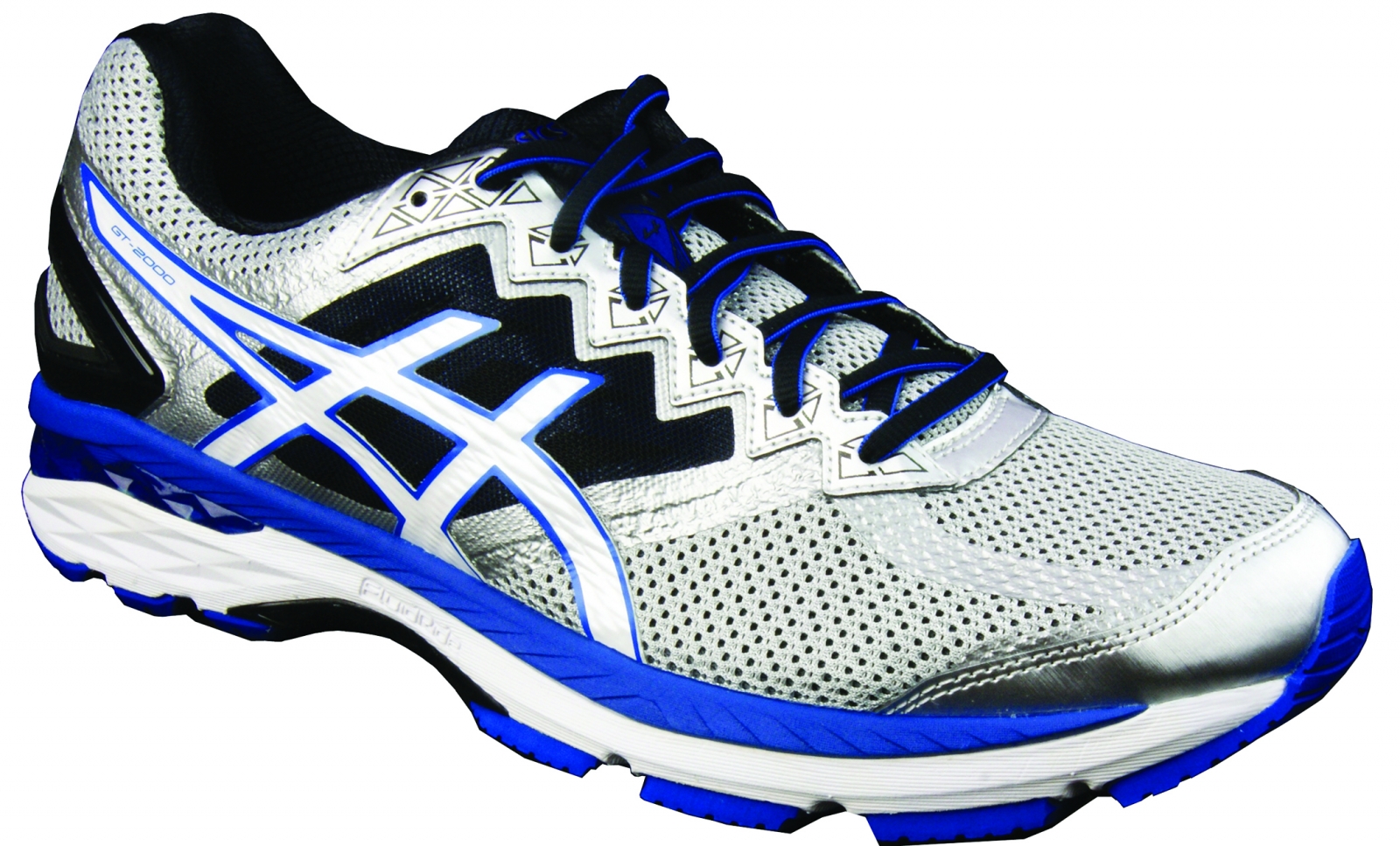
BROOKS RAVENNA 7
$120
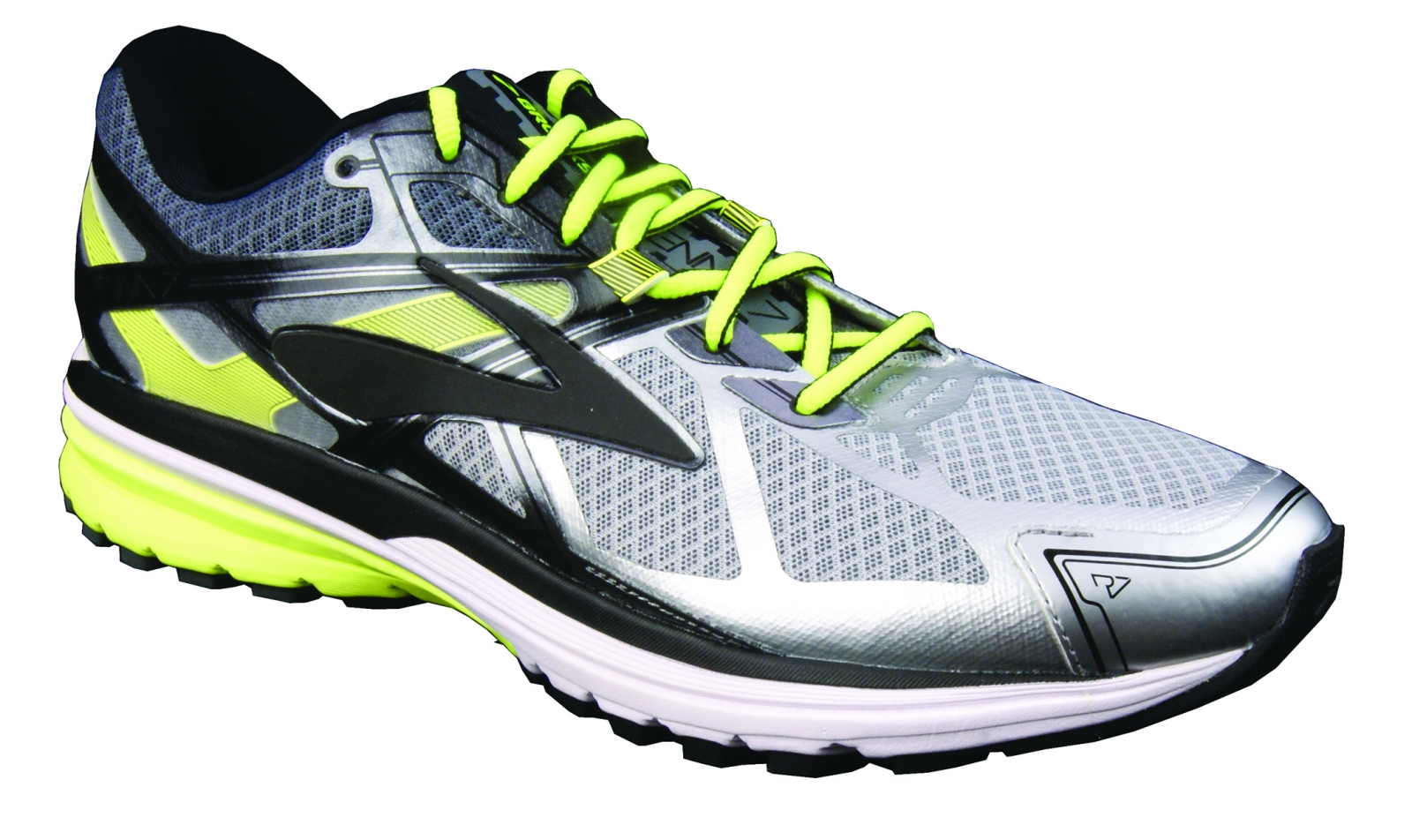
MIZUNO WAVE INSPIRE 12
$120
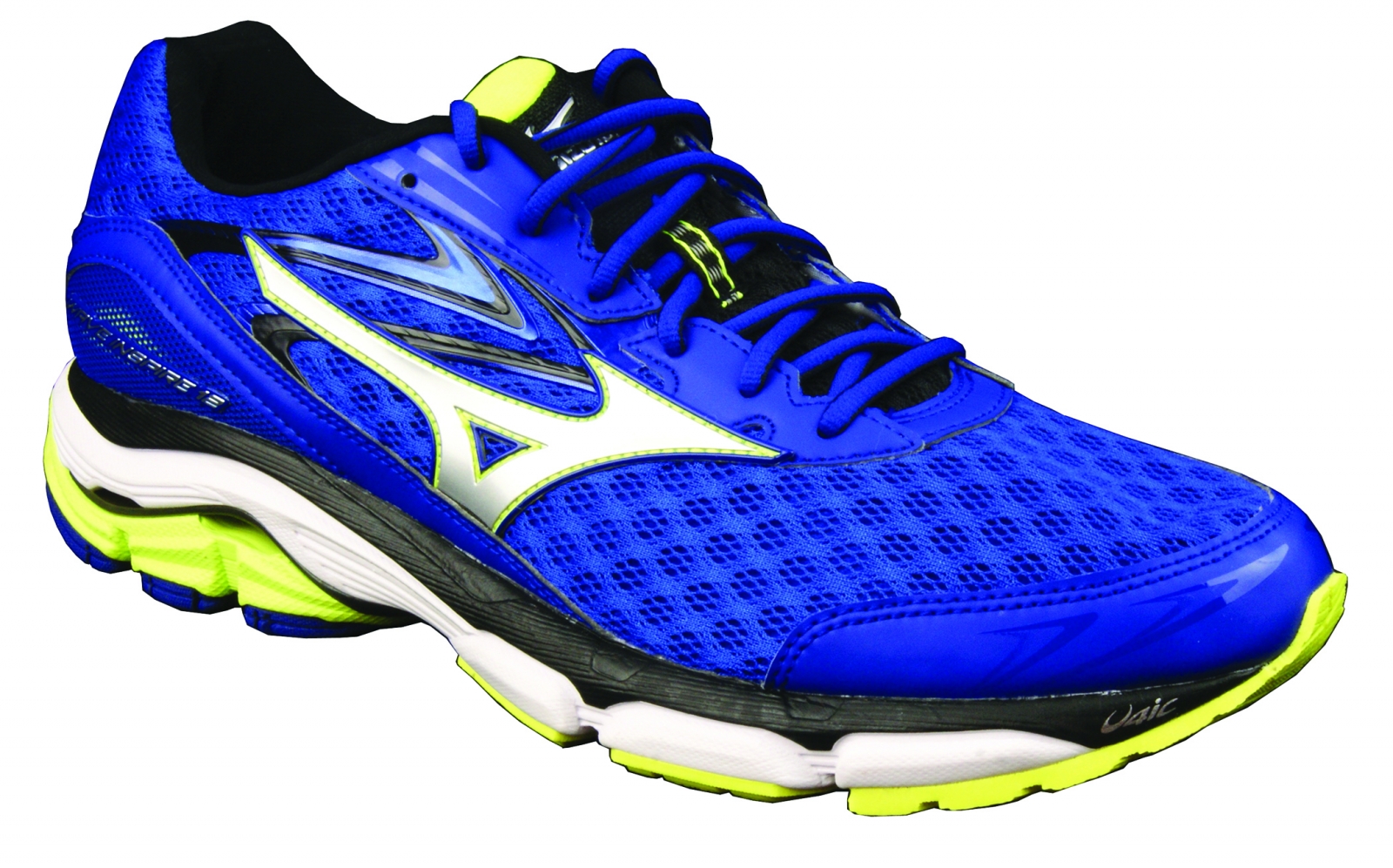
SKECHERS FORZA
$120
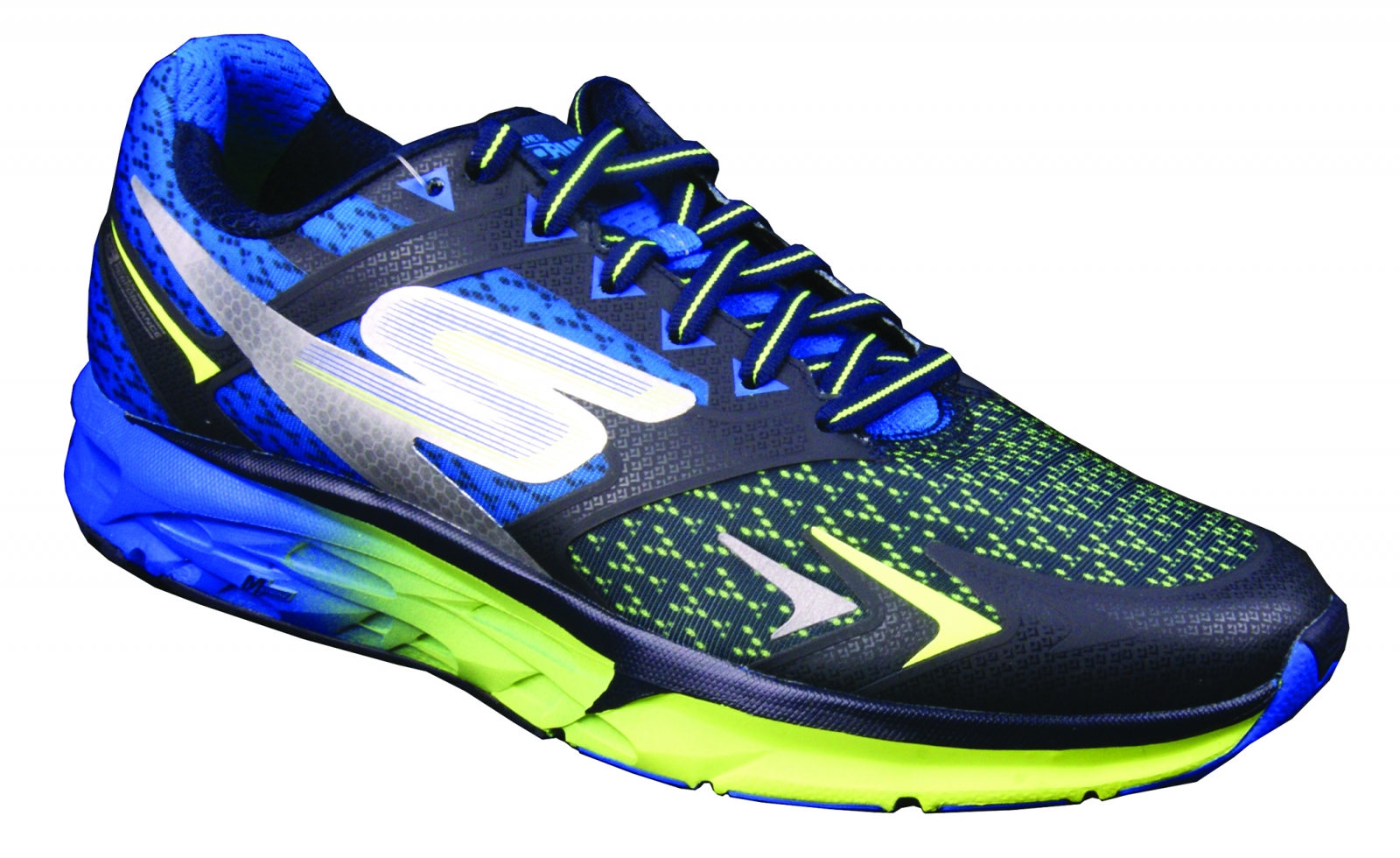
PERFORMANCE SHOES
BROOKS NEURO
$130
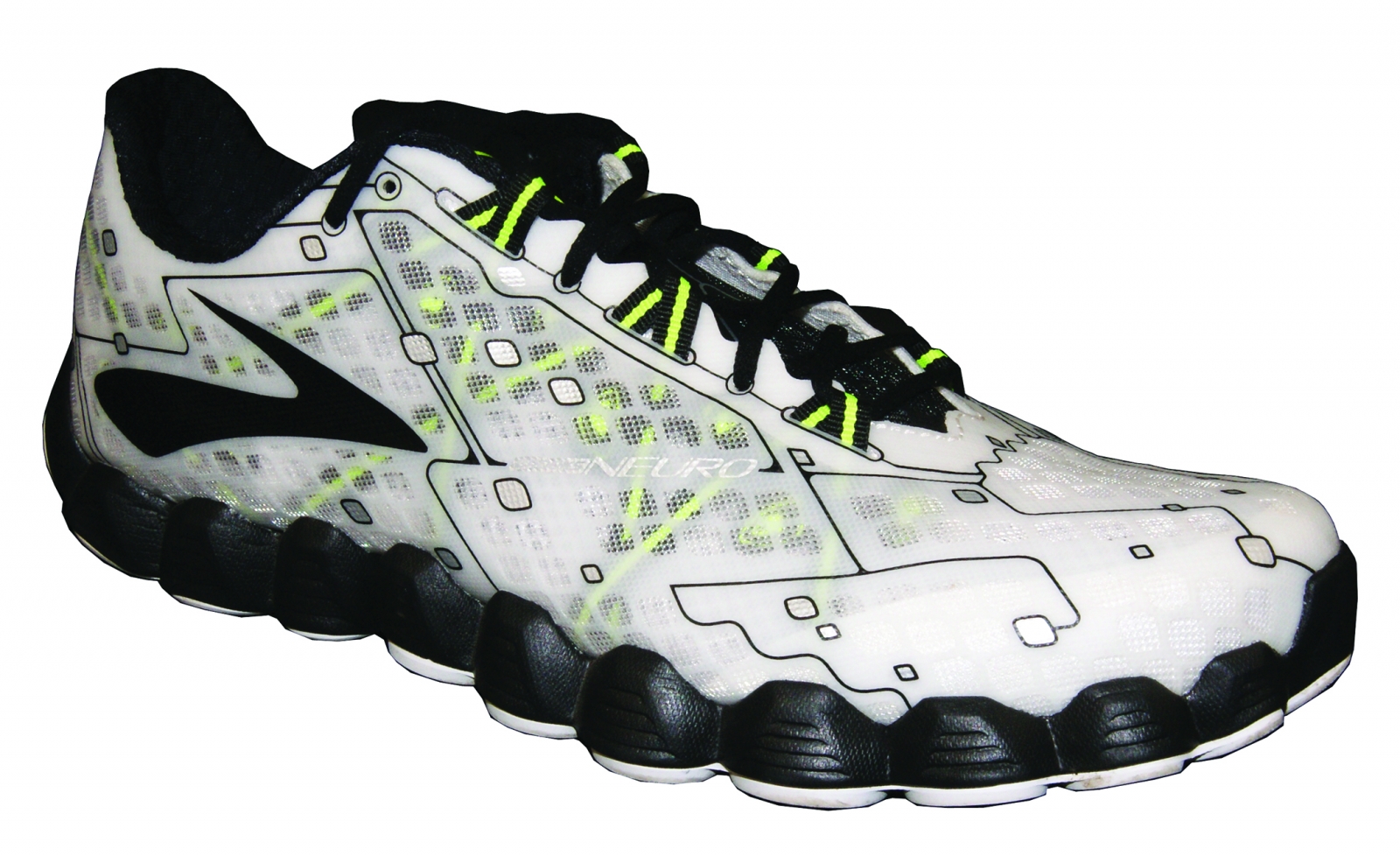
HOKA ONE ONE TRACER
$130
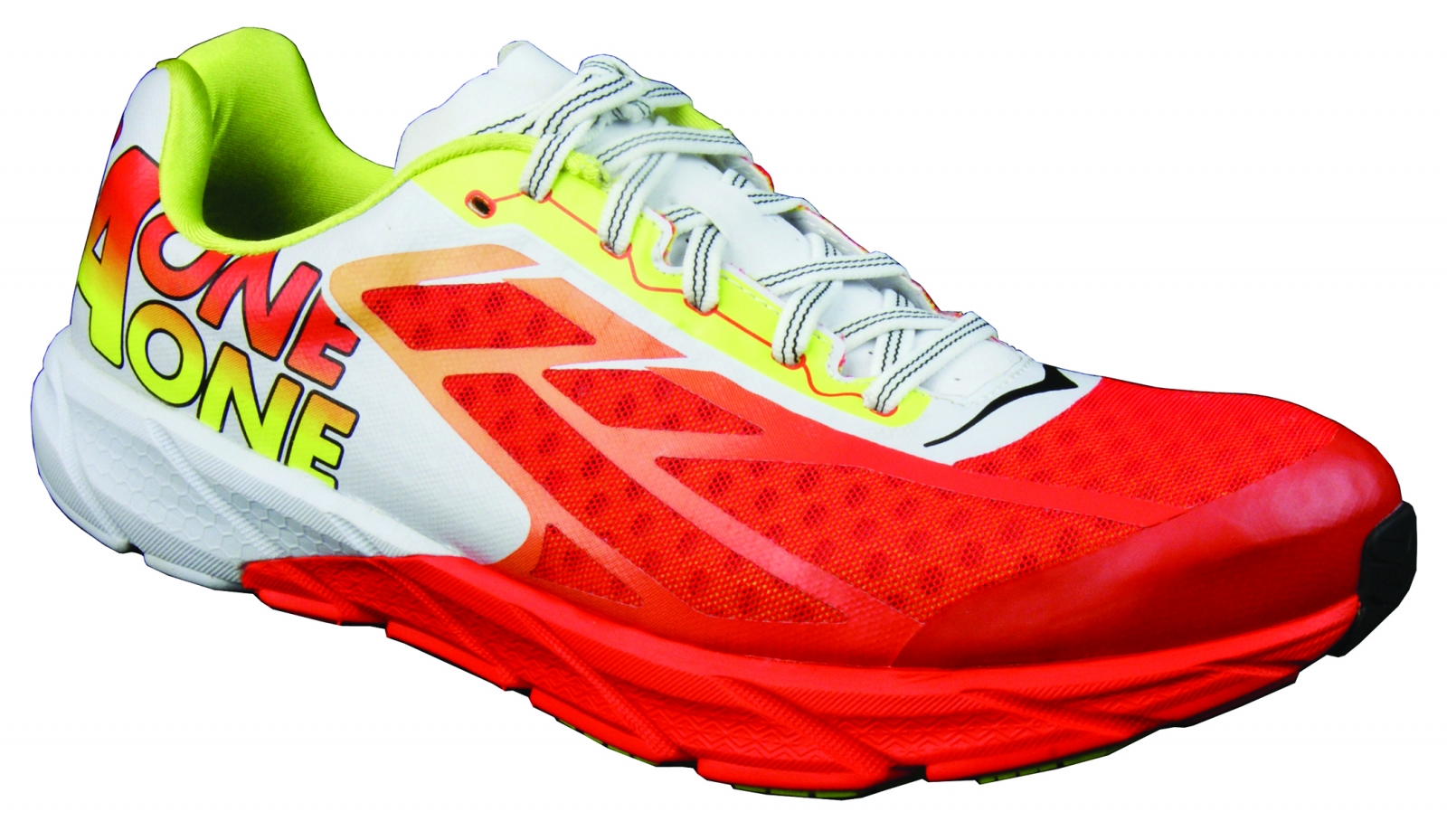
NEW BALANCE ZANTE 2
$100
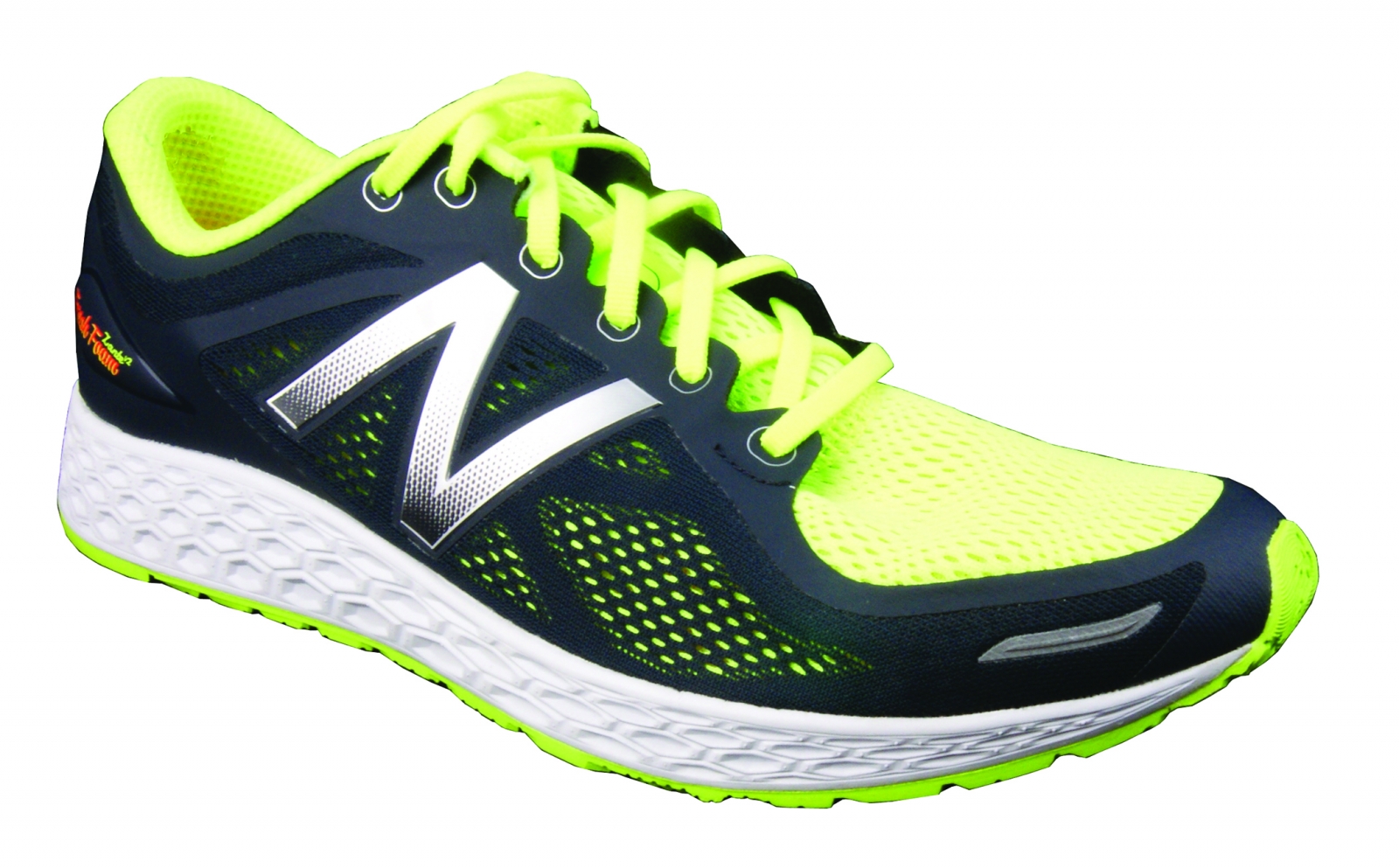
NEWTON GRAVITY V
$175
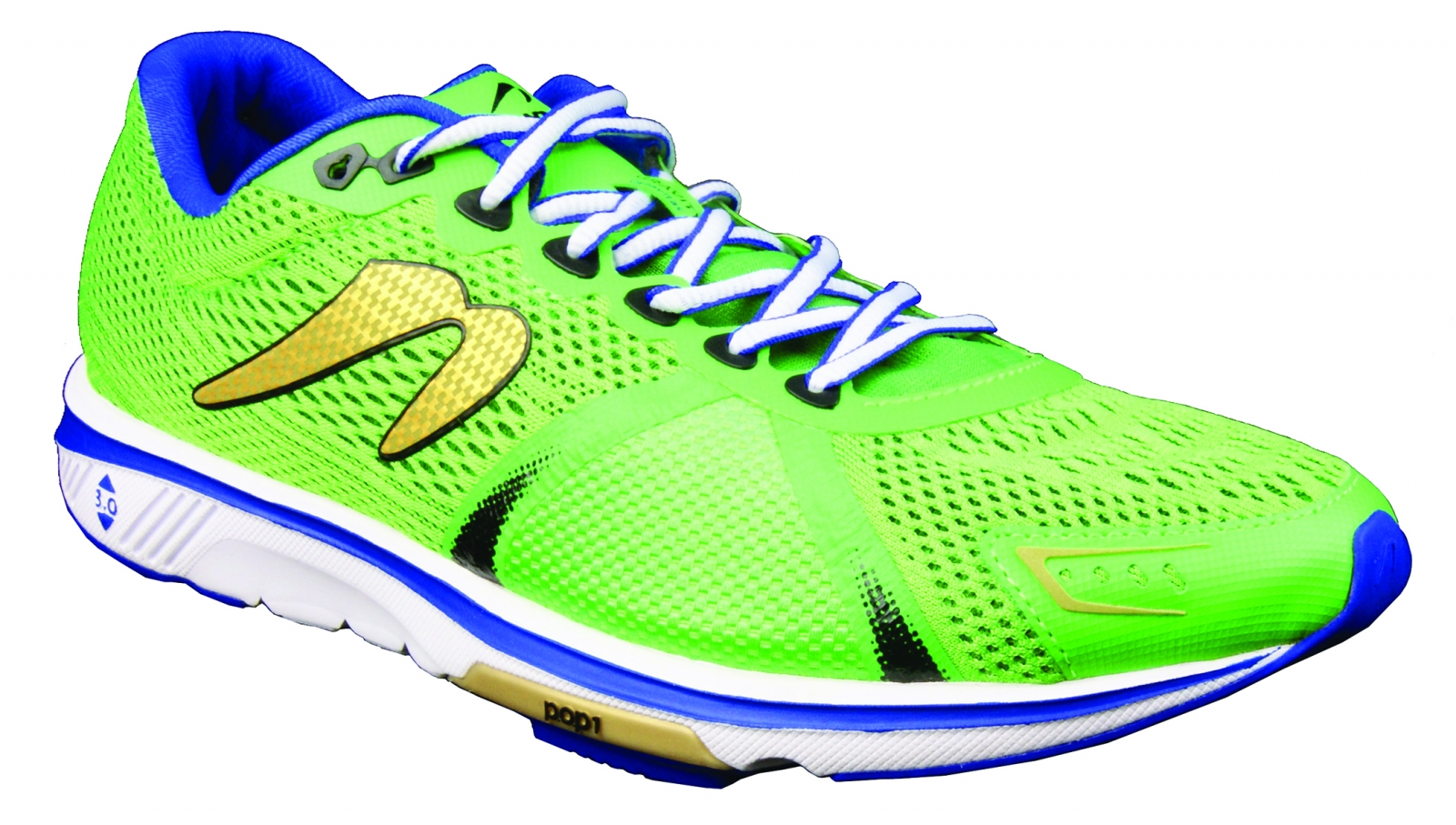
MIZUNO WAVE CATALYST
$110
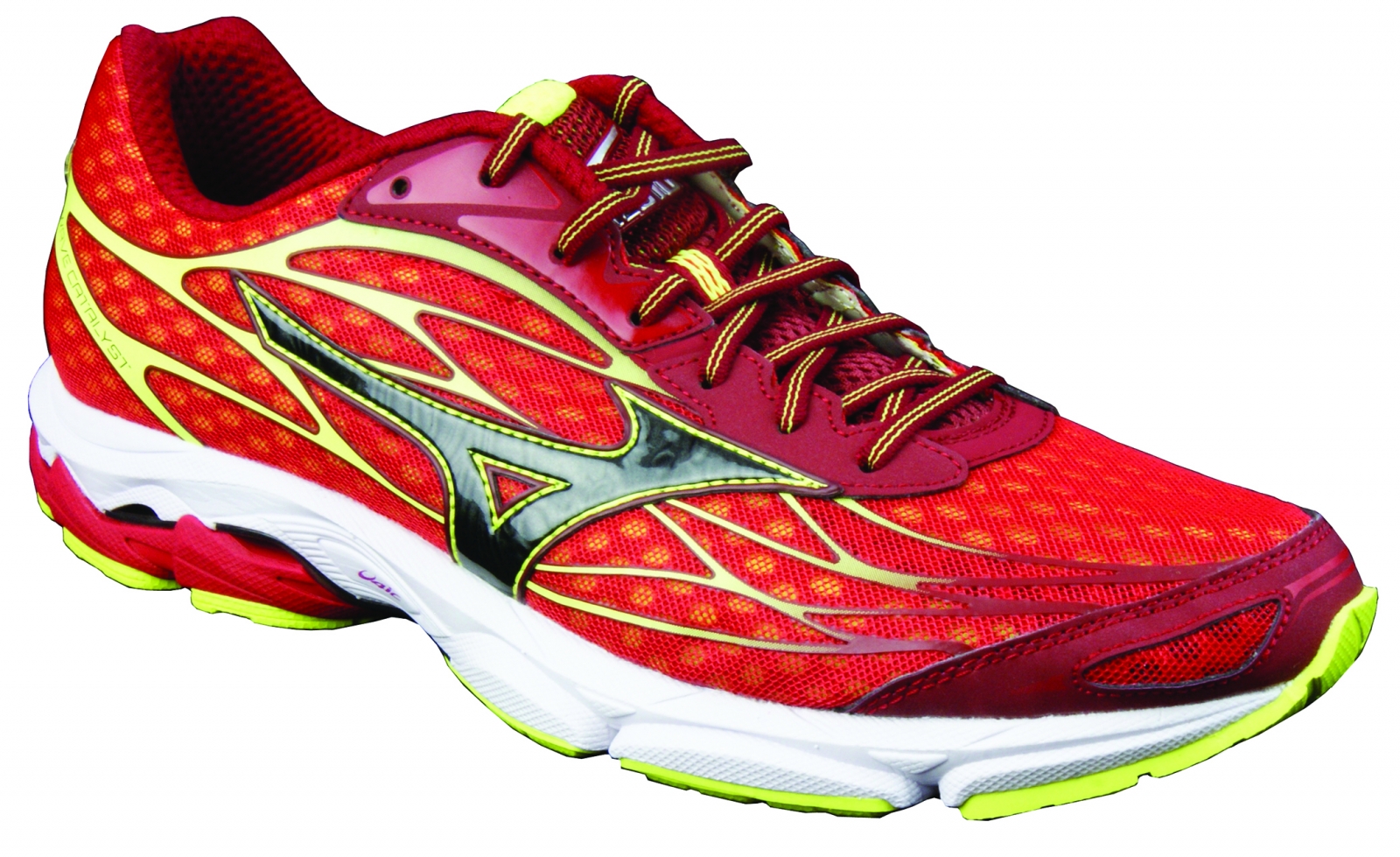
SAUCONY KINVARA 7
$110
